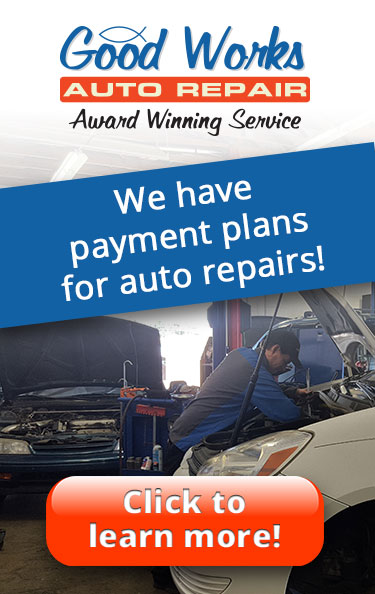
As a vehicle owner, it’s good to learn about and understand some of the services that your car will need during its lifetime. You’re probably already familiar with things like oil changes and AC service.
But, what about wheel alignments? Do you know the difference between front-end and 4-wheel alignments? When is it necessary to schedule service? What exactly does it entail? Here, we’ll try to answer some of the most commonly asked questions about wheel alignments.
What is a wheel alignment?
The term ‘wheel alignment’ is actually a little misleading. In reality, a wheel alignment involves making minor adjustments to a vehicle’s suspension, not the tires or wheels themselves. The main purpose is to ensure that the tires make proper contact with the road. Specifically, they need to be at the right angle in order to maximize road contact and provide appropriate traction and safe handling.
A wheel alignment generally involves looking at and making adjustments to three components:
- Camber – This is the angle of the tire as seen from the front of the vehicle.
- Toe – This is the angle of the tire as seen from above – a ‘bird’s eye view’.
- Caster – Lastly, this is the angle of the steering axis.
An expert mechanic will evaluate all of these factors and make adjustments as necessary to bring your vehicle back into alignment.
Front-end vs. 4-wheel alignment
As you may have already guessed, the difference between these two types of alignments is found right in their names. A front-end alignment only makes adjustments pertaining to the two front wheels while a 4-wheel alignment does all four.
Most vehicles benefit from a 4-wheel alignment anytime the service is done. Others, however, only require a front-end adjustment if they have a non-adjustable rear axle.
When is wheel alignment necessary?
Generally speaking, you should schedule an alignment:
- After having an accident, hitting a curb, or running over a large pothole.
- If you’ve recently purchased and installed new tires.
- When you’re replacing suspension or steering components.
Other than the situations mentioned above, you may also need to get a wheel alignment done if you notice any of these symptoms:
- You feel vibration or shaking in the steering wheel or seat
- Your vehicle turns to one side or the other while you’re driving
- Tires show signs of uneven wear
- The steering wheel is crooked when you’re driving on an even road
Why is it important?
Believe it or not, one of the most critical factors in vehicle driving safety is how your tires come into contact with the road. If your car is out of alignment, the tires will not be at the right angle and you may slip or lose control more easily. Having a routine wheel alignment done ensures that your tires wear evenly, making them less prone to blowouts. It also helps maximize their contact with the road, allowing you more control over the vehicle and improving overall driving safety.
As a savvy vehicle owner, you’ll want to follow a solid preventative maintenance schedule – not only to make your vehicle last longer, but also to preserve or improve your driving safety. Schedule a wheel alignment today and make sure your vehicle is ready to roll!
Schedule My Appointment Now!
